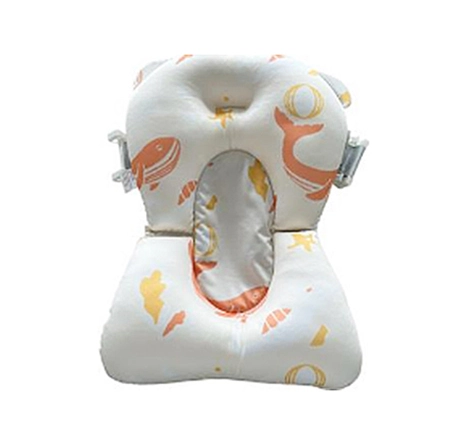Some mothers are unable to produce enough milk during the postpartum period and have difficulty expressing milk even after using a breast pump several times. So, what is the reason for electric breast pumps being unable to express milk?
Pay attention to the suction power when purchasing a breast pump
This is quite important. When purchasing a breast pump, you must pay attention to whether the suction power is sufficient or not. Most of the problems with suction power occur with manual breast pumps. In terms of electric breast pumps, such problems are relatively rare. We recommend that you personally experience it during the purchase and ask the shop owner for some guidance based on your own situation. To test the suction power: Before using the breast pump, please check if the suction power is normal. First, check if all the components are correctly installed. Then, connect the funnel-type cover of the breast pump to the bottle and place the funnel-type cover facing a smooth glass surface. While pressing the handle, pull the funnel-type cover outward. If the funnel-type cover does not come off the glass surface, it means that the suction power is normal.
Pay attention to the frequency of pumping when using a breast pump
There is a misconception that many mothers think that the faster they pump with a manual breast pump, the more milk they can express. However, this is not true. Pumping too quickly not only fails to express milk for mothers with narrower or blocked milk ducts but also causes harm. In severe cases, it may even lead to mastitis. We recommend that when using a manual breast pump, press and hold for two seconds, release, and then press again in a rhythm. There is no need to pump too quickly. When using a breast pump to feed, pressing the handle simultaneously exerts suction on the nipple, stretching the milk ducts, and allows breast milk to be sucked into the bottle. Releasing the handle stops milk expression, allowing the milk ducts to relax. Initially, you need to master a suitable rhythm: when pressing, please pause for about 1-2 seconds before releasing. Repeat this rhythm several times until the milk flow stabilizes. After that, you can adjust the rhythm according to your own comfort level, aiming for a relaxed and gentle rhythm. An appropriate pumping rhythm helps to fully express milk. The milk of women who have just given birth may not flow out immediately. Please use a warm towel to apply heat to the breasts for 10 minutes, then frequently use a breast pump to exercise your breasts or let your baby suck directly on your breasts. This can help promote milk production as early as possible.
Pay attention to the operating process of the breast pump
When assembling a breast pump, make sure to follow the instructions. If you find it troublesome, you can ask a professional to help with the assembly. During use, the breast pump should be closely attached to the breast and pressed tightly, avoiding any air gaps.
Preparations before using a breast pump
Before using a breast pump, it is best to lie on the bed for 10 minutes, completely relaxing yourself. Then, use a comb to gently comb from the root of the breast towards the nipple to stimulate the milk flow. Gently massage the breasts or apply a warm towel to keep the breasts relaxed. Finally, sit up and start pumping. It is recommended to start with the lowest mode and gradually increase to a comfortable level during the process.
The importance of direct breastfeeding when using a breast pump
For many mothers with low milk supply or the issue of narrow or blocked milk ducts, allowing the baby to directly suckle on the breasts is very effective in stimulating milk production. If you are unable to breastfeed directly due to certain inconveniences and have to rely on a breast pump, it is recommended to buy an electric breast pump, as most electric breast pumps have the function of stimulating milk letdown.












